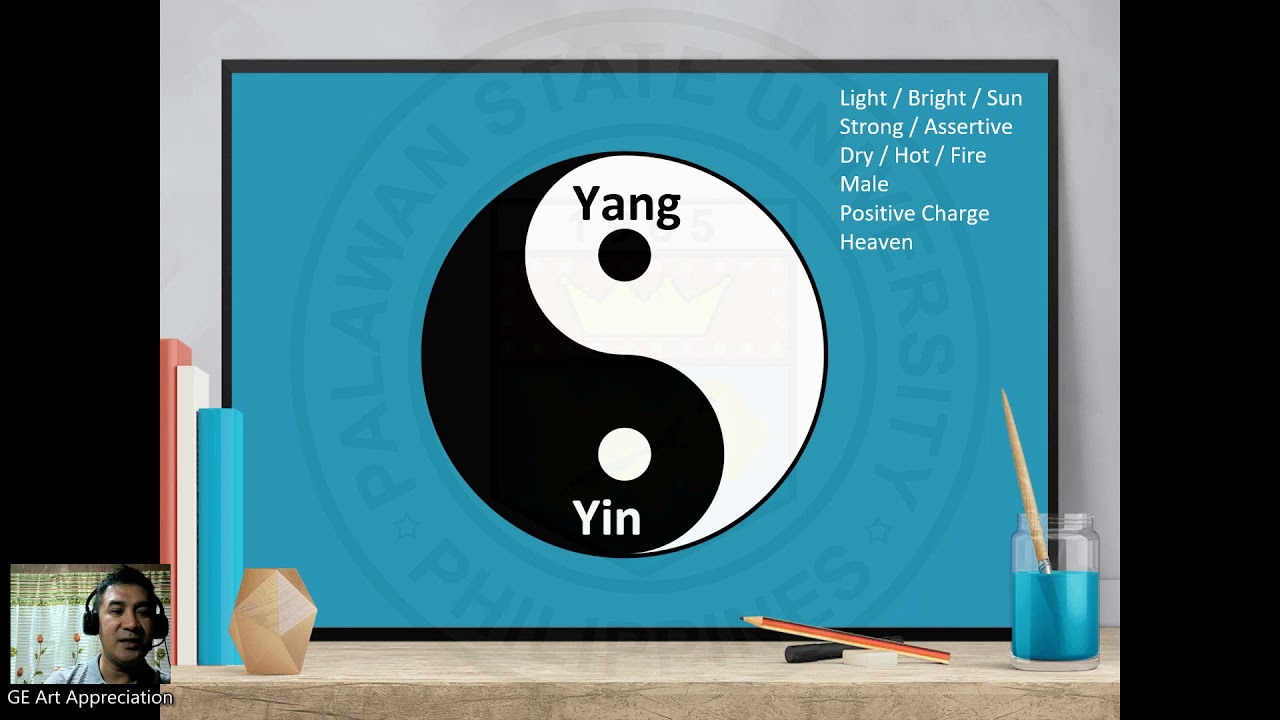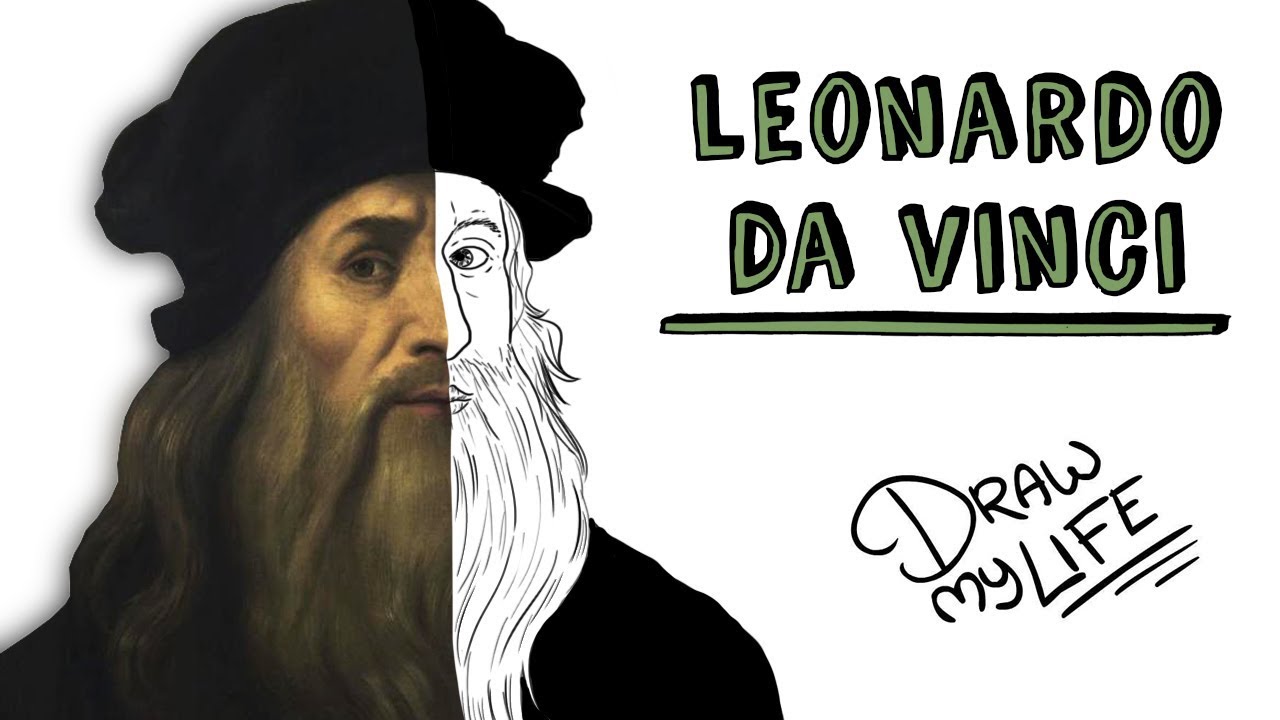Manuel, Jr. Tana
Since Eastern aesthetics is traditionally concerned with the art of living, Eastern philosophers may prefer to use the term “living’ Aesthetics” or “Aesthetics of Living.” “Everyday life” tends to designate only an aspect of human existence, while “the Art of Living” acknowledges the presence of the aesthetic throughout human experiences.
This amounts to saying that there is a deep-rooted tradition of living aesthetics in the East. Whether it is Chinese literary art or folk art, Japanese Chado or gardening, or Korean porcelain or folk painting, all are part of the artistic expression of living aesthetics. For that matter, aesthetic traditions as such in many cultures have been passed on, without discontinuity, since ancient times, and today these traditions have undergone a creative transformation with heightened attention to living aesthetics in everyday life experiences.
More importantly, Chinese Confucian/Taoist aesthetics and Indian Zen aesthetics, among others, are essential sources of living aesthetics in East Asian cultures. The same can be said of aestheticians from the East, who believe that Chinese, Japanese, and Korean traditional aesthetics offer a “prototype” of living aesthetics. For example, it is important to note that, living aesthetics, or the idea of artful life, constitutes the fundamental paradigm of Chinese classical aesthetics, whose primary sources are Confucian aesthetics and Taoist aesthetics, with Zen aesthetics as a later addition.
What is the relationship between beauty and truth, as well as between beauty and the good? We know from scholastic philosophy that beauty, together with one, being, good, and truth are transcendentals such that they are interchangeable. So what is beautiful is truth, is good, is being, is one.
However, thought is concrete. Can a concrete way of thinking also be metaphysical? If a being is one of the transcendentals, the Philippine languages have no perfect translation for being. Likewise, being is not the main concern of Filipino thought. Is kagandahan (beauty) also interchangeable with the other transcendentals in Filipino thought? What are the educational and pastoral applications of beauty?
We said elsewhere that aesthetics has two views on beauty: beauty as dualistic and beauty as non-dualistic. Beauty as dualistic stems from individualism. Western art, which in general stresses the individual, has man as the focus of its art. We said “in general” because there are also Western philosophers who espouse the non-dualistic view. This is not the case in Oriental art (such as Chinese paintings) where man is just part of the picture. The Filipino shares the non-dualistic way of looking at a beauty, wherein he and the object ideally become one.
Source
Module 12 The Eastern Art and Filipino Aesthetics Worldview



